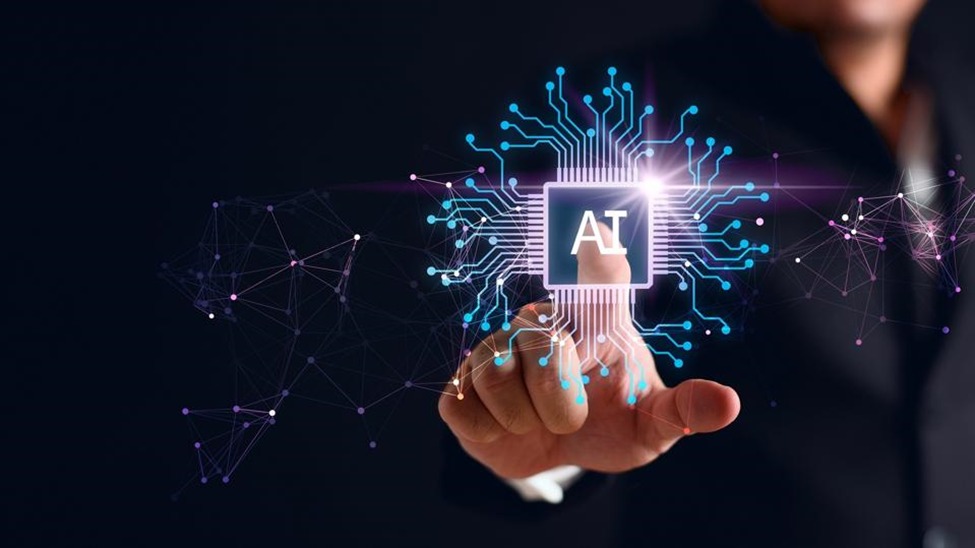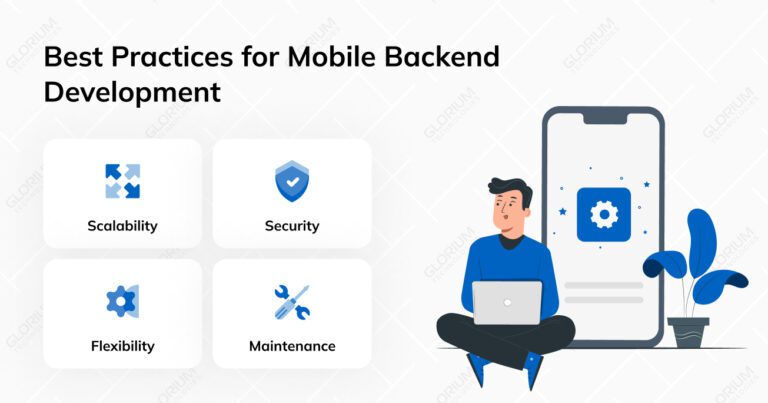Leveraging Generative AI and Recommendation Systems for Enterprises
In the evolving landscape of digital transformation, businesses are increasingly turning to advanced technologies to enhance their operations and customer experiences. Among the most impactful of these technologies are Generative AI and Recommendation Systems. These innovations are not just buzzwords; they are driving significant changes in how enterprises operate and compete in the market.
The Power of Generative AI in Enterprises
Generative AI is a cutting-edge technology that leverages advanced machine learning models, particularly those based on deep learning, to create new content and solutions that mimic human intelligence. Unlike traditional AI models that are confined to predefined outputs, generative AI can generate novel outputs, including text, images, and even complex designs, based on the data it has been trained on.
For enterprises, the implications of generative AI are profound. It can be used to automate content creation, design personalized marketing campaigns, and even develop new products. The flexibility and scalability of generative AI make it a powerful tool for enterprises looking to innovate and maintain a competitive edge in their respective industries.
For businesses looking to implement this technology, understanding the Generative AI architecture for enterprises is crucial. This architecture typically involves a combination of generative models, such as Generative Adversarial Networks (GANs) or Variational Autoencoders (VAEs), integrated with enterprise data systems to produce tailored outputs that meet specific business needs.
Enhancing User Experience with Recommendation Systems
In parallel with the rise of generative AI, Recommendation Systems have become an essential component of digital strategies for many enterprises. These systems are designed to predict user preferences and suggest products, services, or content that align with their interests. By analyzing user behavior and data, recommendation systems can deliver highly personalized experiences that drive engagement and loyalty.
Building a recommendation system involves several key steps. Initially, data collection and preprocessing are crucial, as the quality of recommendations depends heavily on the accuracy and relevance of the input data. Next, sophisticated algorithms, such as collaborative filtering or content-based filtering, are employed to analyze this data and generate recommendations. Finally, these recommendations are continuously refined through user feedback and machine learning, ensuring they remain relevant and effective over time.
Integrating Generative AI and Recommendation Systems
The integration of generative AI and recommendation systems presents an exciting opportunity for enterprises. By combining these technologies, businesses can offer highly personalized experiences that are also dynamic and adaptable. For example, a generative AI model could create personalized content, while a recommendation system suggests this content to users based on their preferences and behavior.
This synergy not only enhances the user experience but also drives business growth by increasing customer satisfaction and engagement. As enterprises continue to explore the potential of AI technologies, those who effectively integrate generative AI with recommendation systems will be well-positioned to lead in their industries.
Conclusion
As businesses strive to stay ahead in the digital era, the adoption of technologies like generative AI and recommendation systems is becoming increasingly essential. By understanding and implementing these innovations, enterprises can create more personalized, efficient, and impactful solutions that cater to the evolving needs of their customers.






